Heat gun uses aren’t just for stripping paint and removing air bubbles from your resin crafts—they’re for so much more! With a heat gun, you can peel off stubborn stickers, bend plastic, thaw frozen pipes, or even roast coffee beans in your kitchen. This tool is perfect for all kinds of jobs, from quick fixes to cool crafts.
Need to fix a DIY mistake or try something new for your next art project? A heat gun makes it simple. Once you see all the ways you can use it, you’ll want to try them all.
Ready to discover more? Keep reading to see what a heat gun can do!
What Is a Heat Gun and What Can You Use It For?

A heat gun is a handheld tool that blows hot air. You use it by plugging it in and pointing it at what you want to heat.
Many heat guns let you change the temperature, so you can pick the right setting for your job.
The main parts are the fan and the heating element. The fan blows air over the heating element, making hot air come out the nozzle.
Some heat guns have temperature control and temperature adjustment features. These let you set low or high heat for different tasks.
Common Uses for a Heat Gun
- Stripping old paint or wallpaper
- Thawing frozen pipes
- Removing sticky stickers or labels
- Drying wet surfaces
- Shrinking plastic wrap
You can use a heat gun in crafts, home repair, and even the kitchen. For example, people use them to bend plastic, soften glue, and melt chocolate.
A heat gun is helpful and easy to use, but it gets very hot. Always keep it pointed away from your skin and be careful where you set it down.
Using a Heat Gun for Resin Art
Image: Resiners® Mini Heat Gun for Crafts
You can use a heat gun to make your resin art look smoother and more professional. It helps remove trapped air bubbles and can also create interesting effects on the surface.
Removing Bubbles and Creating Effects in Resin Projects
When you pour resin, air bubbles often get trapped inside.
A heat gun blows warm air over the surface, making the bubbles rise and pop. This keeps your finished piece clear and smooth.
To do this, move the heat gun in small circles above the resin. Keep it moving to avoid burning or overheating the resin.
Some artists also use a heat gun to make special effects. For example, if you want ocean wave or marble designs, the controlled heat can move the resin and blend colors.
You can use low or high settings to get different looks. Always wear gloves and work in a ventilated area for safety.
Many heat gun uses involve working with resin art and crafts. Explore our resin tools collection for everything you need to create flawless resin pieces!
Safety Tips and Common Questions About Using a Heat Gun

A heat gun can make jobs like removing paint or thawing pipes much easier, but it can also be dangerous if you do not follow safety rules.
Taking simple steps can help protect you, your project, and the things around you from harm or damage.
Removing Paint, Stickers, Adhesives, and Wallpaper
When you use a heat gun for paint stripping, always wear gloves and safety glasses. Paint can bubble and sometimes pop off quickly.
Move the gun back and forth to avoid burning the surface. Pointing it in one spot for too long can cause scorch marks or even start a fire if you are not careful.
Ventilate the room if the paint is old or may contain lead. Peel heated paint with a scraper, but let it cool first.
For stickers or adhesives, keep the gun on low or medium heat. Too much heat can melt or warp plastic surfaces.
Do not use a heat gun near flammable materials, such as cleaning supplies.
Never leave the tool unattended. After you finish, set the heat gun on a non-flammable surface and let it cool down before storing it.
Shrink Wrapping, Thawing Pipes, and Loosening Bolts
Use lower heat settings for shrink wrapping plastic, such as in gift baskets or packaging. Hold the gun about 2 to 4 inches from the surface and move it in circles. This helps prevent melting or holes in the plastic.
If you thaw frozen pipes, aim the heat gently and keep the gun moving. Focus only on metal or copper pipes. Never try this on plastic pipes, which can warp or burst from the heat.
To loosen rusty bolts, heat the area for a few seconds at a time. Use gloves and allow the bolt to cool before trying to unscrew it.
Some heat guns have safety features like built-in stands and cool-down settings—use them to help avoid burns or tool damage.
Embossing, Crafts, and Melting Materials
For crafts like embossing powders on cards, use a heat gun with a narrow nozzle and a low setting.
Always keep the gun at least a few inches above the project to avoid burning the paper or melting plastic by mistake.
Melt shrink plastic for crafts slowly. Watch closely since thin plastics deform quickly.
Small breaks or burns can ruin your project if you do not pay close attention.
Never point the heat gun at your hands or face. Use a stand if you need to set it down while it is still hot. If the gun tips over, it might burn your work surface or start a fire.
Repairs for Vinyl, Leather, and Car Parts
A heat gun can help repair dents in vinyl flooring, dashboards, or smooth creases from leather seats. Set your heat gun to medium. Too much heat may crack, discolor, or melt the material.
For vinyl, move the gun in slow, sweeping motions. Do not stay in one place for more than a second or two.
If you feel the surface getting too hot, stop and let it cool. On leather, always test the heat on a spare piece before you try it on your seat or jacket. Use a cloth or roller to smooth out the material after heating.
For automotive work, like removing trim or softening adhesives, patience is key.
Always unplug the tool and wait for it to cool completely before putting it away.
Heat guns can get very hot. Look for models with a cool-down function or built-in stand to lessen the chance of accidents.
Final Thoughts
A heat gun is a must-have tool for anyone who loves DIY, crafts, or tackling home projects. Its many uses make it super handy, whether you’re removing paint, fixing crafts, or exploring creative new ideas.
Don’t stop at the basics—experiment with your heat gun and see what else you can do. With a little practice, you’ll find even more ways to make your projects easier and more fun. Happy crafting!
Frequently Asked Questions on Heat Gun Uses
What crafts can I use a heat gun for?
A heat gun can help you emboss designs on cards or melt powder for art projects. You can use it for making resin art smooth, shrinking plastic, or drying paint and glue.
People also use heat guns to shape candles and soften clay.
What can a heat gun be used for?
Heat guns remove old paint, thaw frozen pipes, and shrink plastic wrap for packaging.
In DIY, they dry surfaces fast, loosen sticky stickers, or bend PVC pipes.
In electronics, they shrink heat-shrink tubing and help remove solder.
Can you use a hair dryer as a heat gun for crafts?
A hair dryer blows warm air, but it doesn't get as hot as a heat gun. For some craft jobs like embossing or melting plastic, a hair dryer might not work. Heat guns reach higher heat and give you better results for most craft needs.
How hot does a crafting heat gun get?
Most crafting heat guns reach between 200°F and 600°F (about 93°C to 315°C). Some can go even higher, but it's best to check the label or guide that comes with yours.
Always be careful, since they get much hotter than a hair dryer.
When should you not use a heat gun?
Never use a heat gun near flammable objects or in a closed area with poor air flow. Don’t use it on surfaces or materials that can melt or catch fire easily. Avoid aiming the hot air at your skin or at anything not meant to handle high heat.

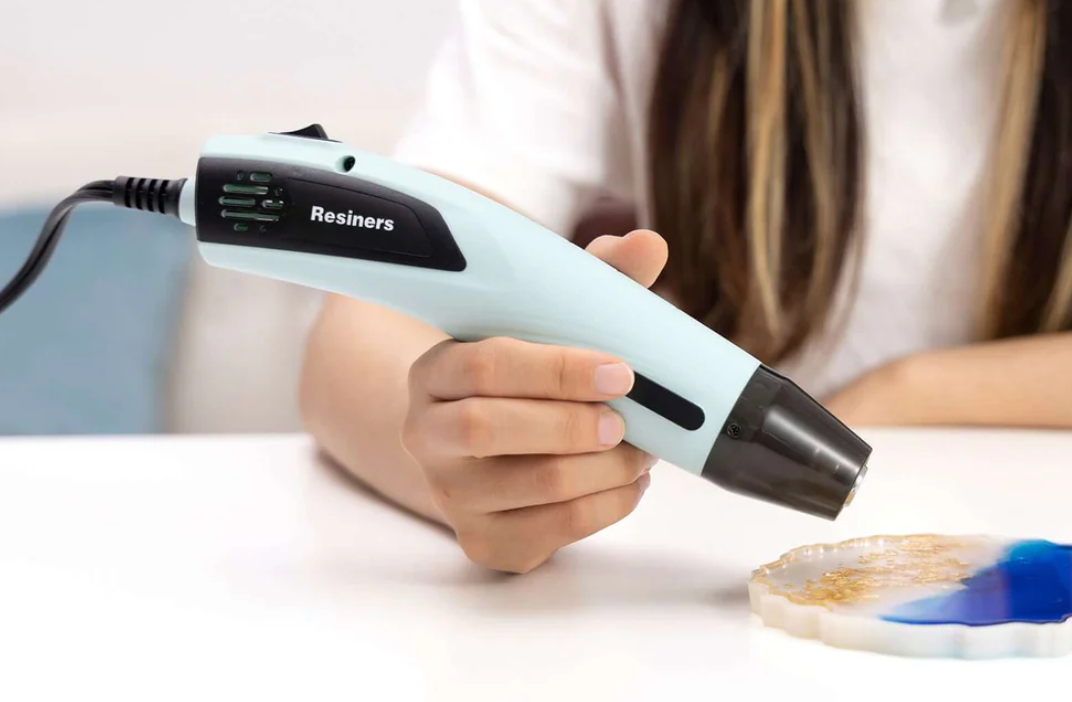


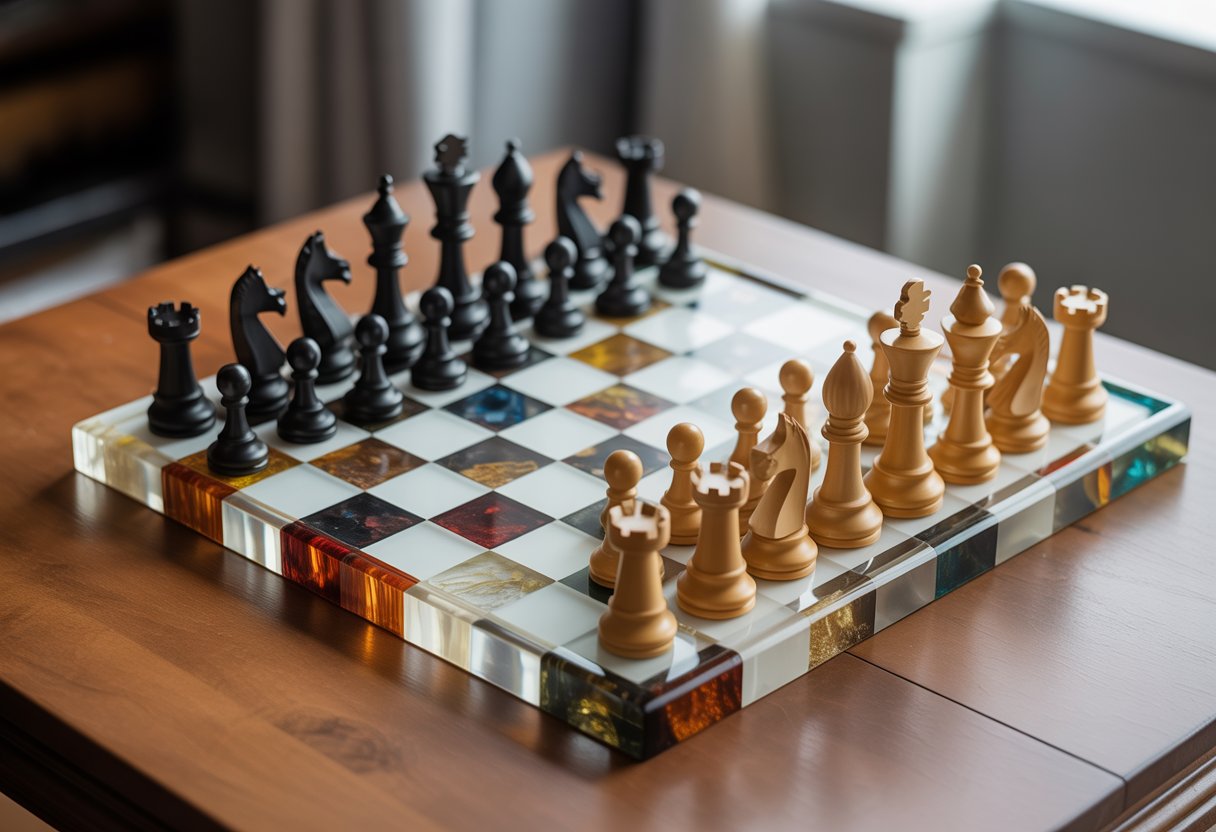
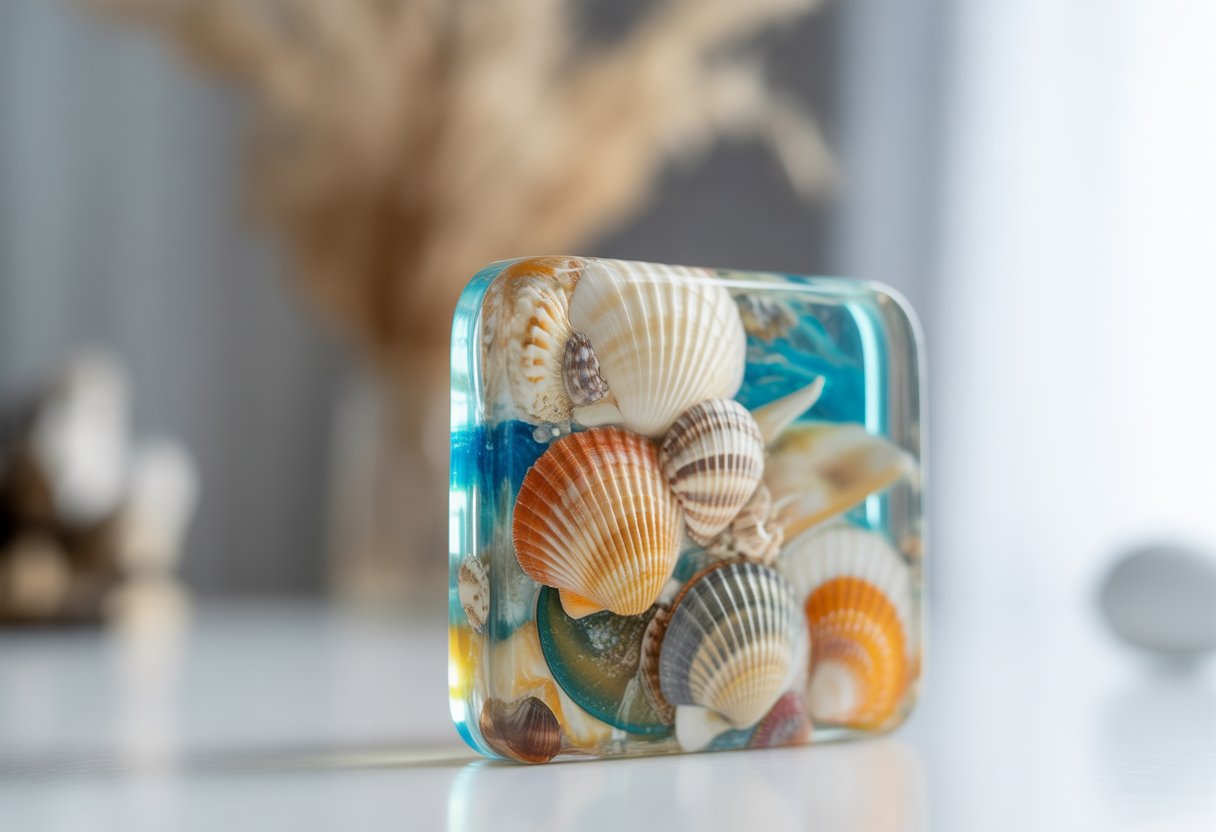

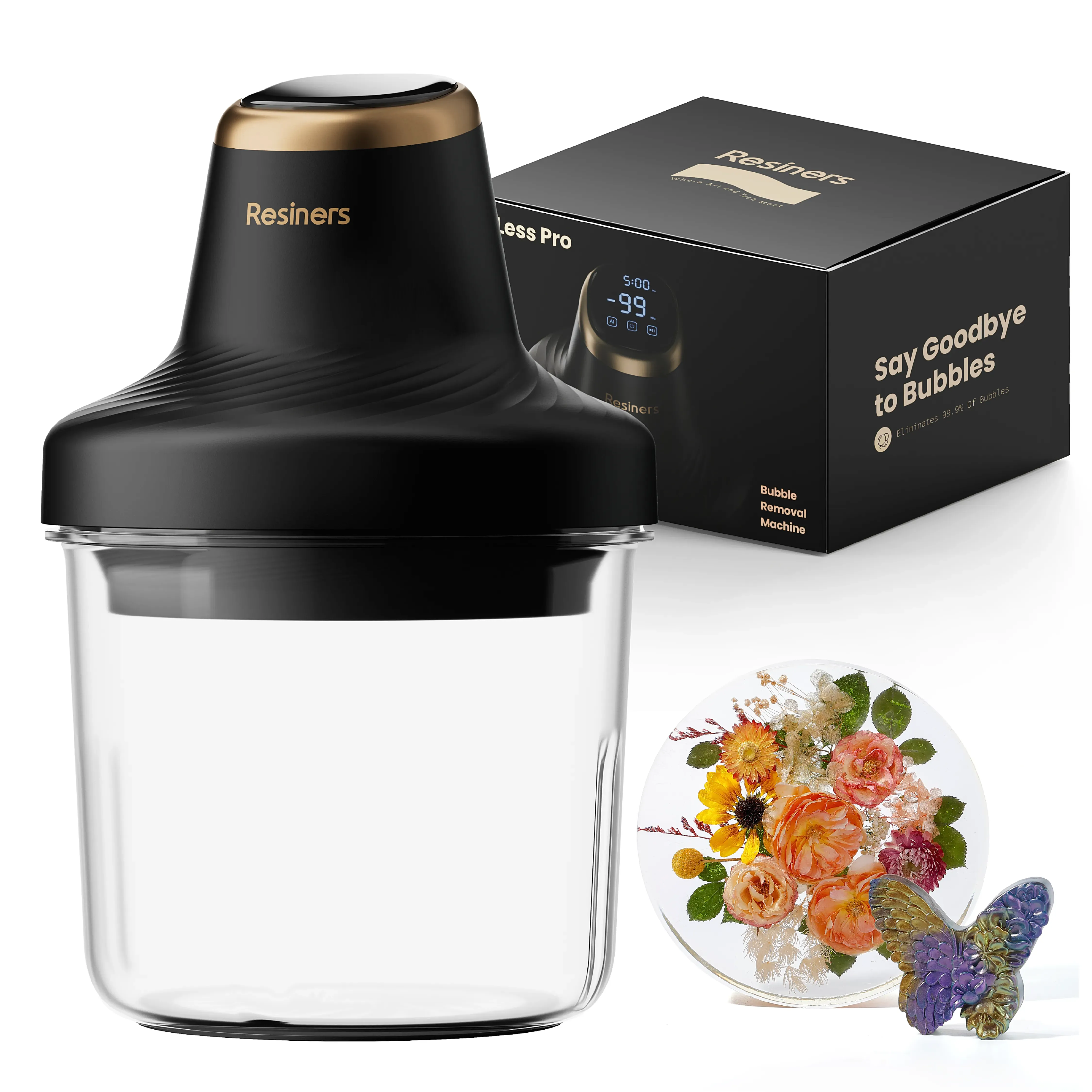
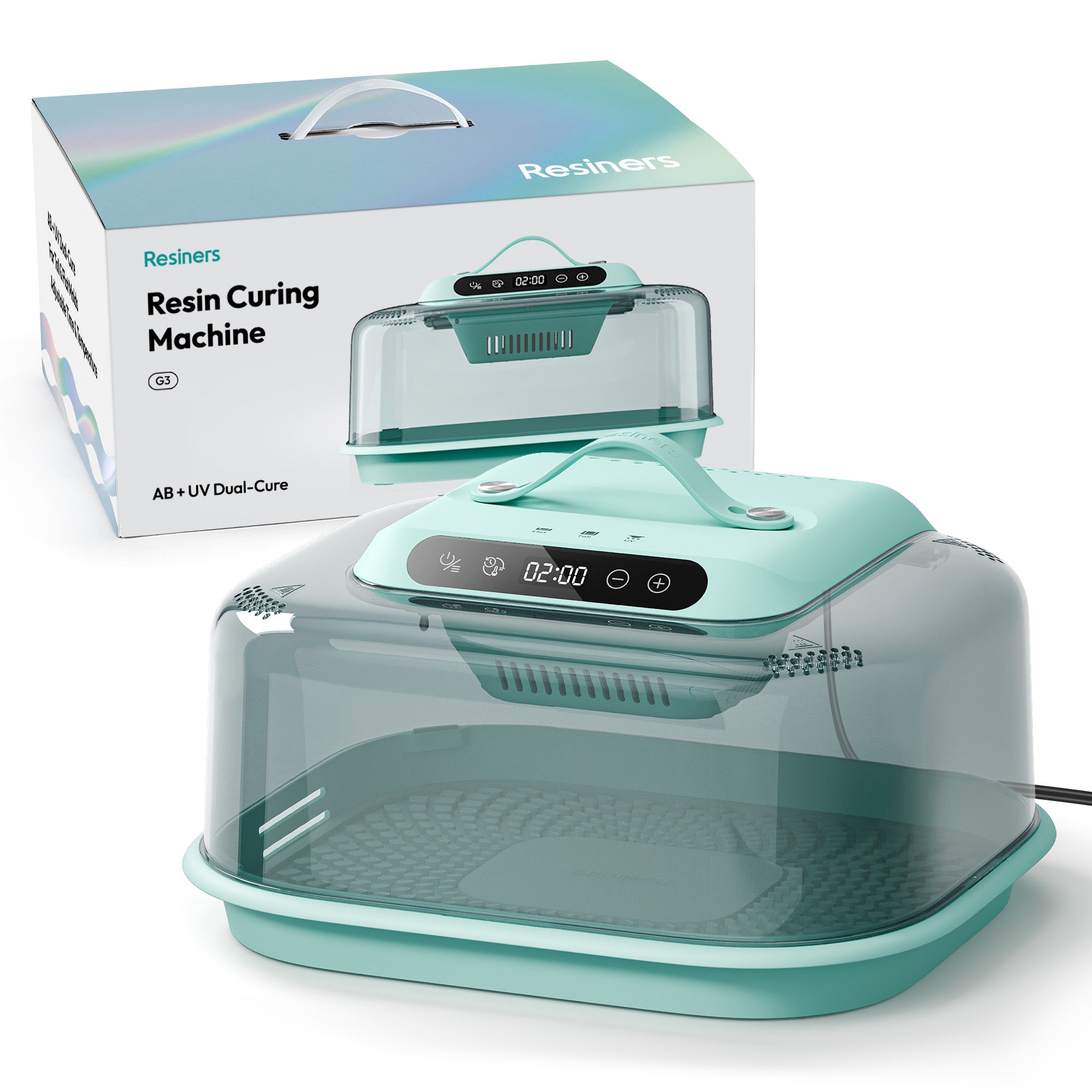

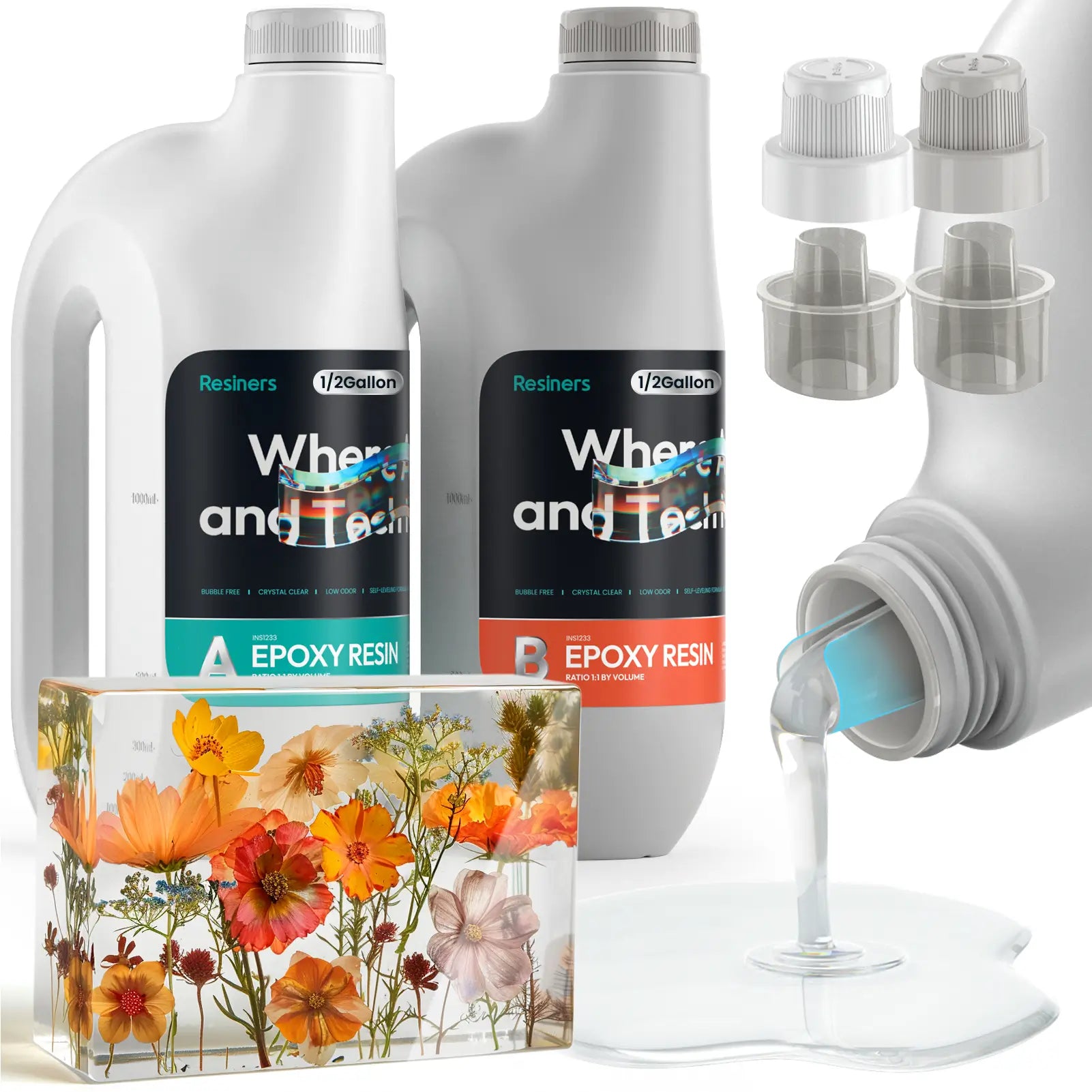
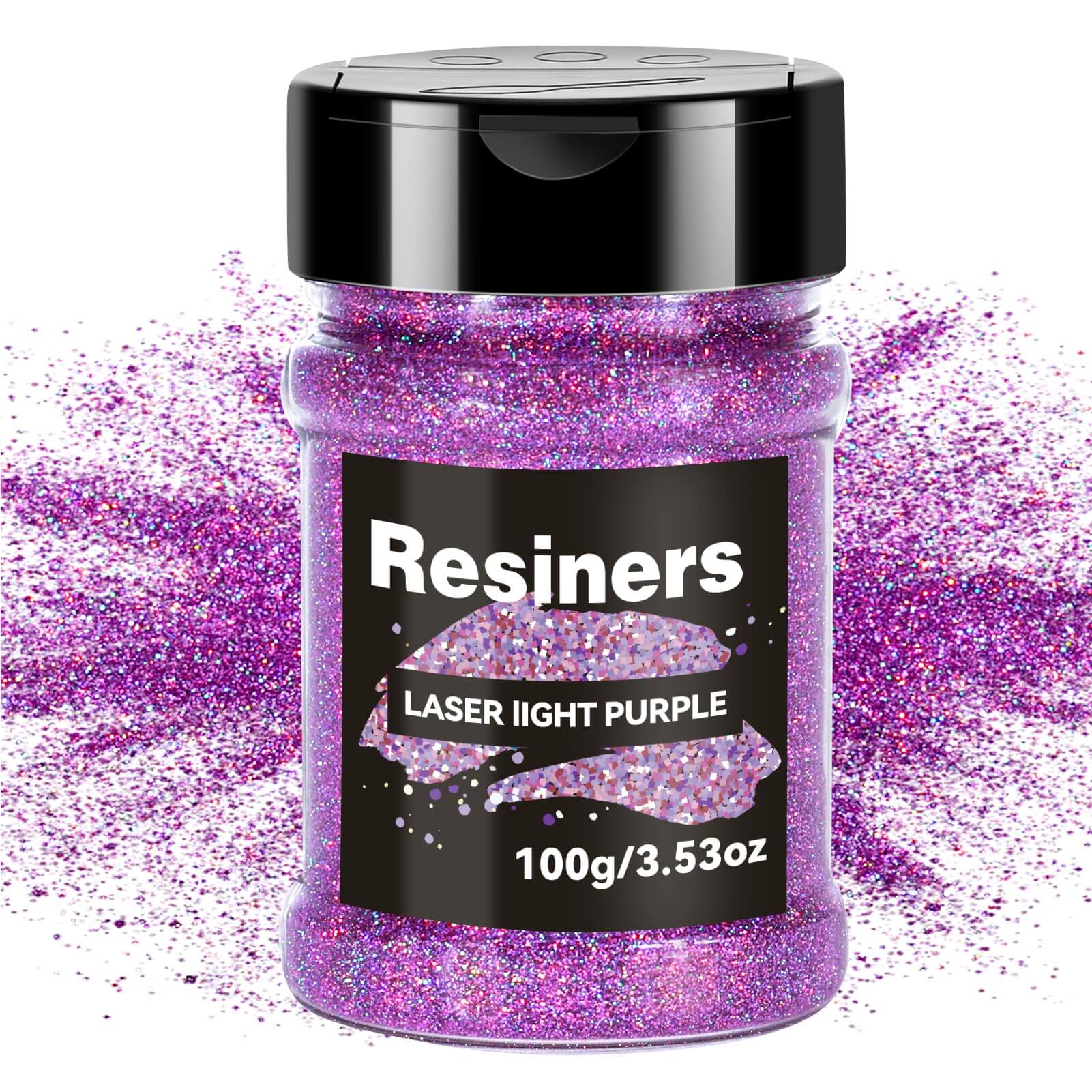
Dejar un comentario
Este sitio está protegido por hCaptcha y se aplican la Política de privacidad de hCaptcha y los Términos del servicio.